We’re back with another installment of Desert Island Cameras, the recurring article in which the CP writers answer the question, “If you could only have one camera of a certain type or from a certain brand, which would it be?”
In previous Desert Island Cameras articles we’ve picked from our favorite brands and picked our favorite film, discussed Leica with Bellamy Hunt (Japan Camera Hunter) and talked all things Pentax with former President of Pentax U.S., Ned Bunnell. Today we’re focused not on a camera company, but a camera type; the rangefinder.
Essentially different from other cameras in their focusing methodology, rangefinders provide a unique shooting experience and some of the highest quality cameras and optics in the world. Here are the rangefinders we’d each pick as our “stuck-for-the-rest-of-our-lives” cameras.
Chris’ Pick
Picking this camera hurt me. I’m a well-documented Canon fanboy, and of my several rangefinders my Canon P is the one I’ve owned the longest. It does nearly everything I want a camera to do. It’s solid, well made, has an excellent selection of available glass, and has a nice bright finder. Of course, the P does have a few major strikes against it. First, the poor 35mm framelines. As a person who wears glasses, the widest lines are nearly invisible in the huge 1:1 viewfinder. Another strike against it is the Leica Thread Mount mount lens system it uses.
Sure, LTM has a wonderful catalog of lenses available for it, but M-mount very literally has all that and more. With a cheap machined adapter one can use both M-Mount and LTM lenses with ease on an M-Mount camera. Not so on the poor Canon P. My other 35mm-rangefinder-in-residence, a Voigtlander Bessa R, overcomes the first handicap with its marvelous 0.72x viefinder, but is equally hindered by the second.
So, there go two cameras that I own and love dearly. Two swings, two misses.
But recently, and in print, I had the pleasure of fondling a really masterful rangefinder. In this money-is-no-object dream world, I’d have to choose the Leica M-A. In a situation where I’ll be shooting just one camera for the rest of my life, there’s something to be said for at least starting with a brand new piece of hardware. I’m twenty-seven years old. Given this, I’d be shooting the M-A without a backup for more than sixty years before I kick the bucket. And it really would last that long.
The M-A is a wonderful piece of hardware, and not just for its newness. The build quality is top notch, the lens selection is terrific, and apart from a finnicky shutter speed dial, everything just works harmoniously. I feel like a brand traitor saying so, but if I had to choose one rangefinder to shoot forever the Leica M-A is hard to pass over.
Jeb’s Pick
I’ve gone off the reservation a bit in choosing the Fuji GW690. This medium-format rangefinder is famous for its sharp lens, big size and massive negatives. Nicknamed the “Texas Leica,” it’s about as subtle as the Lone Star State itself.
As a medium format rangefinder, the GW690 is a rare bird. While many medium format cameras are cumbersome and difficult to shoot without a tripod, the GW is extremely portable. Being a rangefinder, it isn’t weighed down by things like mirrors and pentaprisms, the absence of which improves an already sharp lens. And while rangefinders are typically precision machines often accompanied by high price tags, the most I’ll stand to lose if this camera breaks is $500.
Medium format negatives don’t come much bigger than the 6 x 9cm format shot by this camera (without spending really big money). Five times as big as 35mm and close to half the size of 5 x 7 negatives, these massive negatives pack a lot of detail. This is helped but the camera’s fixed Fujinon 90mm f/3.5 lens that’s well-known for its sharpness and lack of distortion. As a rule of preference, I generally avoid normal lenses, but there are exceptions to every rule and the Fujinon is one of them.
There are a number of reasons the GW690 may not work as a daily shooter. The lack of a light meter, the expense of only getting eight exposures per 120 roll of film, controls that slow down the photographic process, an underwhelming viewfinder and focusing difficulty were all justified criticisms that James cited in his less-than-glowing review. All of that, and knowing that I’d be stuck with a focal length I don’t particularly enjoy, might normally dissuade me from buying this camera.
But here on the deserted island I say bring it on. I love the Fuji’s look, its bare-bones approach, and its potential for producing great images. That there are quirks to the Texas Leica only means I’ll have something with which to challenge myself as I sit out eternity in my island paradise. I just hope they let me bring my light meter.
Josh’s Pick
I’m not a rangefinder guy. I’m even less of a Leica guy. So it may seem a little bizarre when I say that I think the premier camera of both those segments is the Leica M2.
For me, the M2 showcases everything great about the rangefinder format. Its 0.72x viewfinder and uncluttered 35/50/90 framelines lets users watch subjects walk into and out of the frame, the contrasty rectangular rangefinder patch along with its bright viewfinder still outclasses just about every other camera on the market in low light, and the M2’s all-metal build in comparison to its successors’ use of occasional plastic makes for one of the most luxurious shooting experiences in photography. Wrap that all up in golden age Leica design and build quality and you’ve pretty much got the ultimate rangefinder.
Yeah, it’s beautiful and stylish, but it’s also an incredibly capable photographic tool. Aside from the weird old-school Leica loading and rewind system, the M2 has aged well. It remains just as nimble, quiet, and portable as it was fifty-odd years ago and holds its own even when compared to the high-tech cameras that followed. Though I don’t have a particular affinity for the rangefinder format, I find myself throwing the M2 in my bag whenever I need a small, quiet camera.
Even though I’ve criticized Leica and the M2 in previous reviews, I still think the M2 is the standard bearer for all rangefinders. It’s a classic among classics, and a camera that I don’t think anybody would regret having as their one and only. This has worked for me; it’s still the only rangefinder I shoot.
Dustin’s Pick
I think that of all the writers on staff I have to be the one who’s shot the largest number of rangefinders. Just look at the archives. James has made me write about nearly every compact, fixed-lens rangefinder made in the 1970s. And if you’ve read some of those reviews and our Olympus Edition Desert Island Cameras, you can probably guess where I’m heading when picking my favorite rangefinder.
It isn’t flashy or even very popular, but if I had to pick one rangefinder to last for the rest of my life it’s the Olympus 35RD. And here’s why.
The 35RD is one of the smallest and lightest compact rangefinders ever made, perfect for shooting all situations without slowing me down. It boasts a fast maximum shutter speed of 1/500th of a second (which is common among the rangefinders of its era) and a lens with a maximum aperture of f/1.7 (which is less common). The beauty of the RD compared to many comparable rangefinders is that it’s fully mechanical, relying on battery power solely for the meter. If the batteries die, the camera continues to shoot at every shutter speed.
The feather-damped, short throw film advance is lovely, and the focusing ring is extremely easy to turn, making rapid-fire snaps a piece of cake. Loading film is also a breeze. A simple pull of a tiny, recessed tab, and the door pops open. Of course, it does possess a shutter-priority auto mode, but using this little pocket rocket manually is just too good to resist.
All this praise said, the RD does come with a few quirks. Lackluster aperture ring ergonomics, a fixed rewind crank, and a tiny finder have been challenging, but the image quality I get from this lens make it worth the effort. The fixed 40mm Zuiko delivers razor sharp images with a classic vibe. I absolutely adore the rendering of this lens, even more so than any of my OM mount Zuikos (which is saying a lot).
The 35RD is somewhat of a rarity these days, and many users complain that sticky shutter problems plague neglected copies, but if the camera has been reworked with modern lubricants it will shoot beautifully for many decades still.
James’ Pick
There are three criteria that make up the core of my hypothetical perfect camera. One, it’s got to be small (I can’t stand large cameras). Two, it must shoot aperture-priority semi-auto, since I’m lazy, and photographing my hyper-active children makes manual mode a recipe for missed shots. Three, it must be an SLR.
Wait, how’s this going to work?
Okay, scratch that last point for the purposes of this writeup, and sub in a fourth criteria; my ideal camera must have a world-class lens. Enter, the Contax T.
Before we get any further, let’s be clear – I’m talking the original T. The later autofocus T2 and T3 can fry in Hell. Those cameras, for all their autofocus wizardry and point-and-shootness are actually slower and clunkier than the original T. And let’s not talk too much about how absurdly over-priced they’ve become following well-publicized instances in which they’ve been seen in the hands of a number of celebrities over the past couple of years.
The original Contax T, on the other hand, is still affordable and a pure photographer’s camera. It’s an honest-to-goodness rangefinder camera with a direct manual focus lens (the T2 uses a less satisfying thumbwheel and the T3’s manual focus mode is activated via menu inputs). It’s got a rangefinder patch in the viewfinder, a depth of field scale on the lens, and it all feels simply stunning in the hand. It offers a flawless shooting experience with its aperture-priority auto-exposure mode (with available exposure compensation), comes in black or champagne titanium, fits in your pants’ pocket, and (are you ready for this?) features a synthetic ruby for a shutter release button.
All of this is impressive. What’s even better is the fact that it makes incredibly high-quality images with very little compromise or imposition put upon the photographer. Set the focus distance to the green dot on the depth-of-field scale, set the aperture to F/8, and simply point and shoot all day long. The 38mm F/2.8 Carl Zeiss T* lens is fast and perfect, and in all my years of shooting it’s the lens that’s helped me shoot some of my absolute favorite photos.
And those are our picks. Pretty amazing machines, but what do you think? Was your favorite rangefinder passed over? Let us hear about it in the comments.
If you like this piece, check out the rest of our Desert Island Cameras series to see which camera we’d choose if we could only have one Nikon, Olympus, Minolta, and more. And let us know which brand or type of camera you’d like to see us tackle next.
Want to find your own special rangefinder?
Find one on eBay
Find one at our own F Stop Cameras
Follow Casual Photophile on Facebook and Instagram
[Some of the links in this article will direct users to our affiliates at B&H Photo, Amazon, and eBay. By purchasing anything using these links, Casual Photophile may receive a small commission at no additional charge to you. This helps Casual Photophile produce the content we produce. Many thanks for your support.]
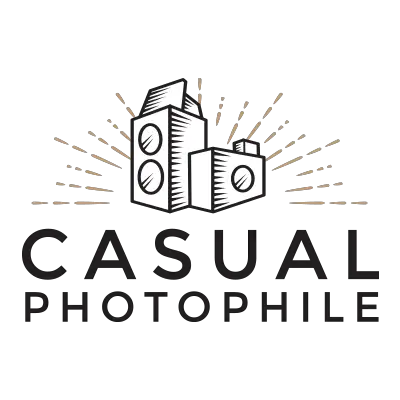
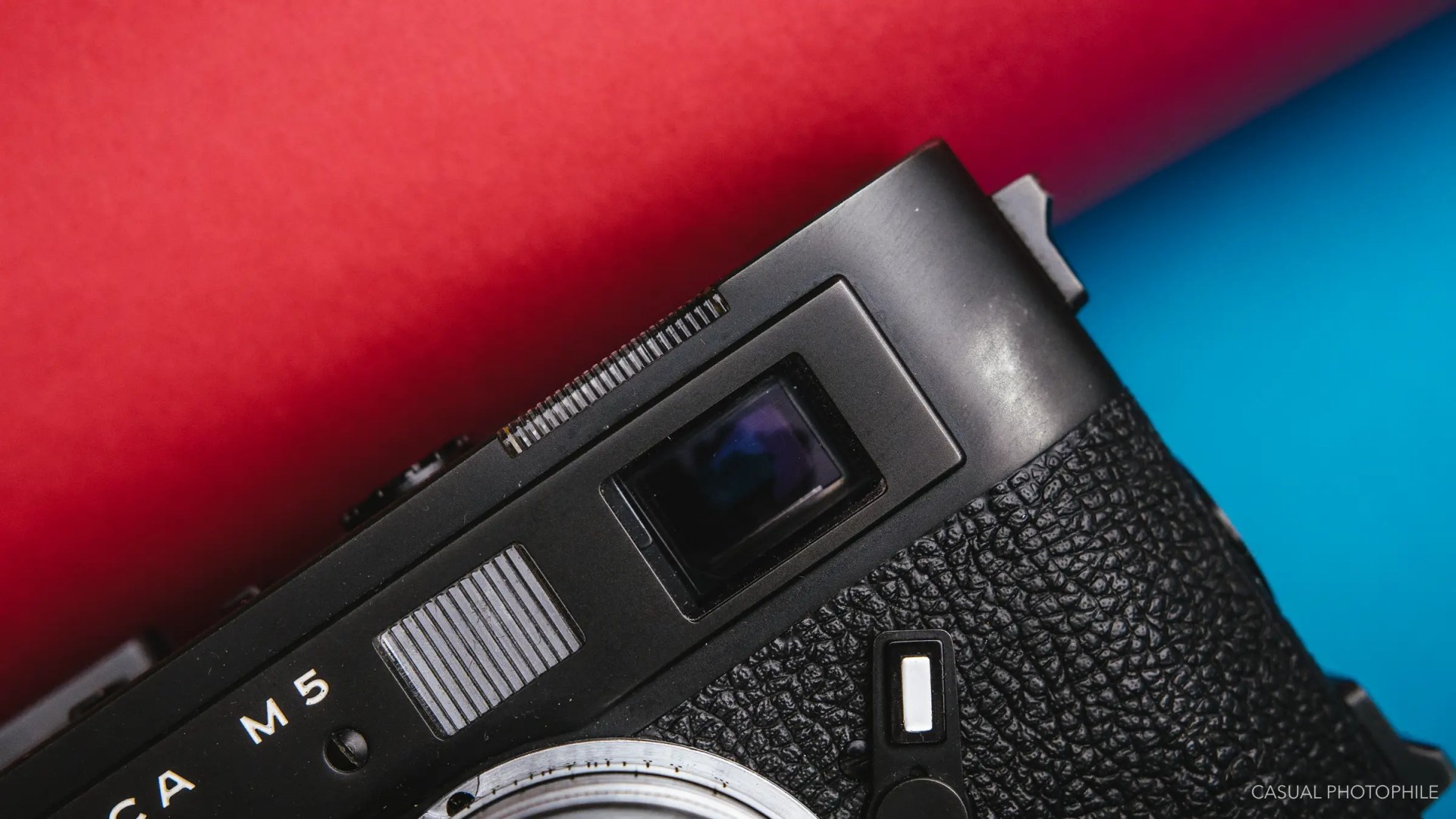
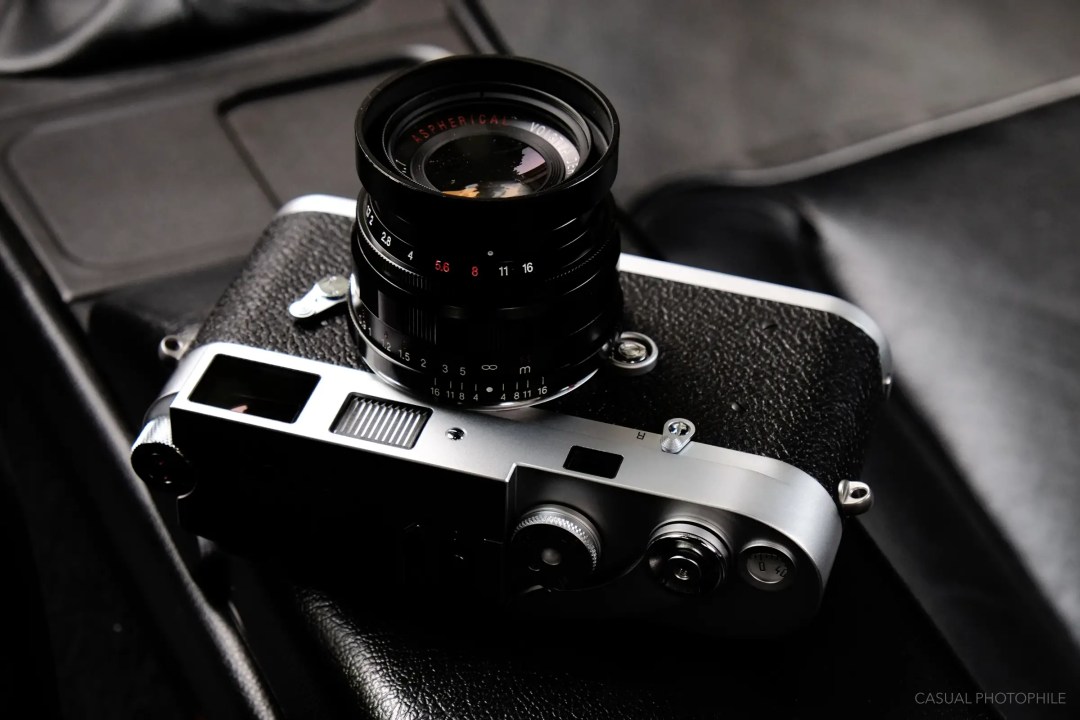
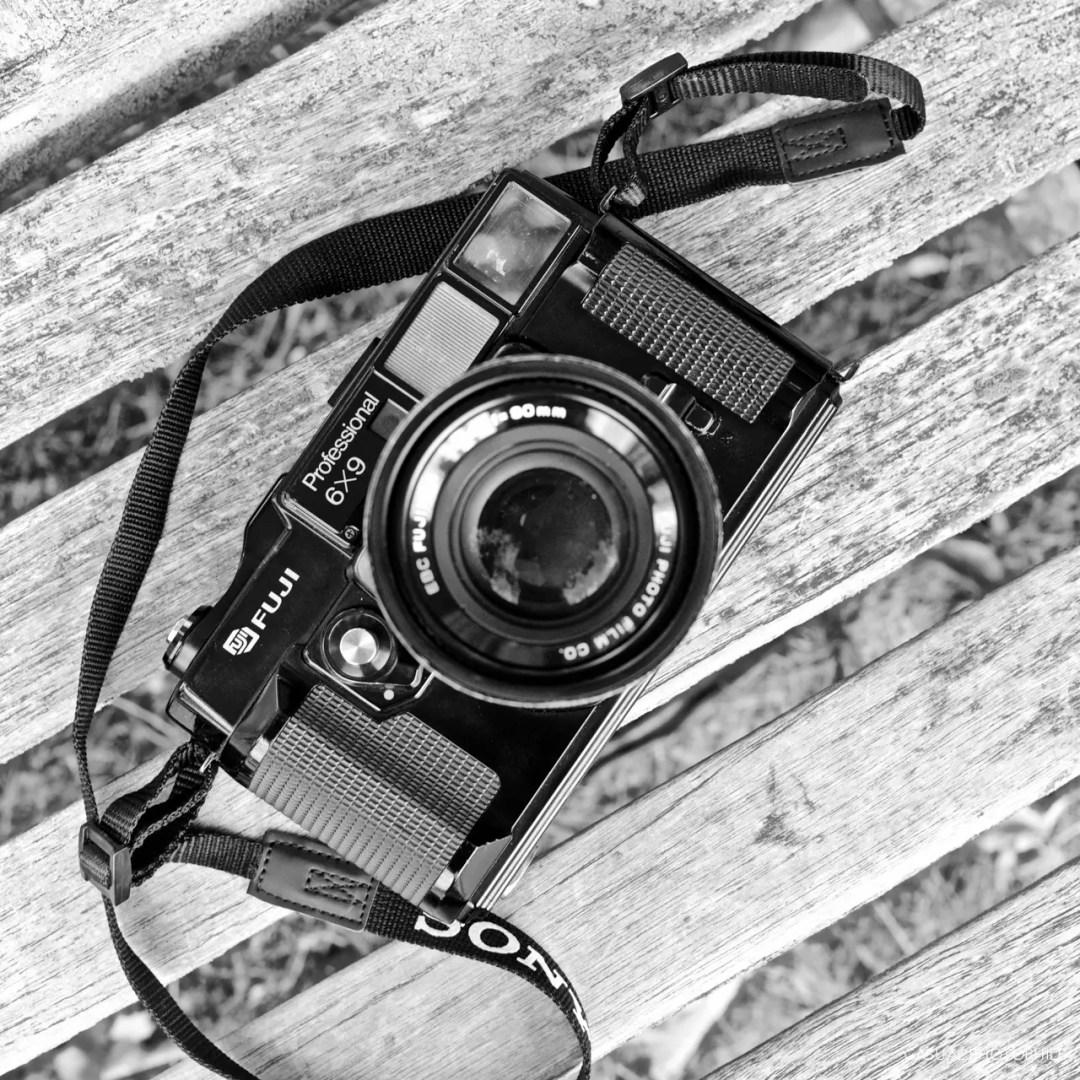
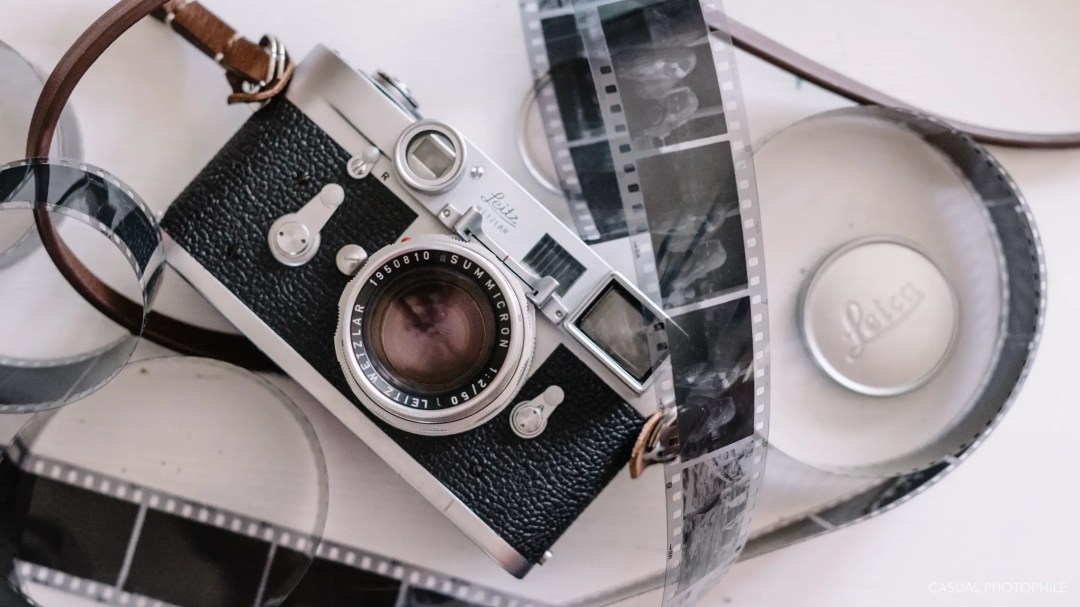
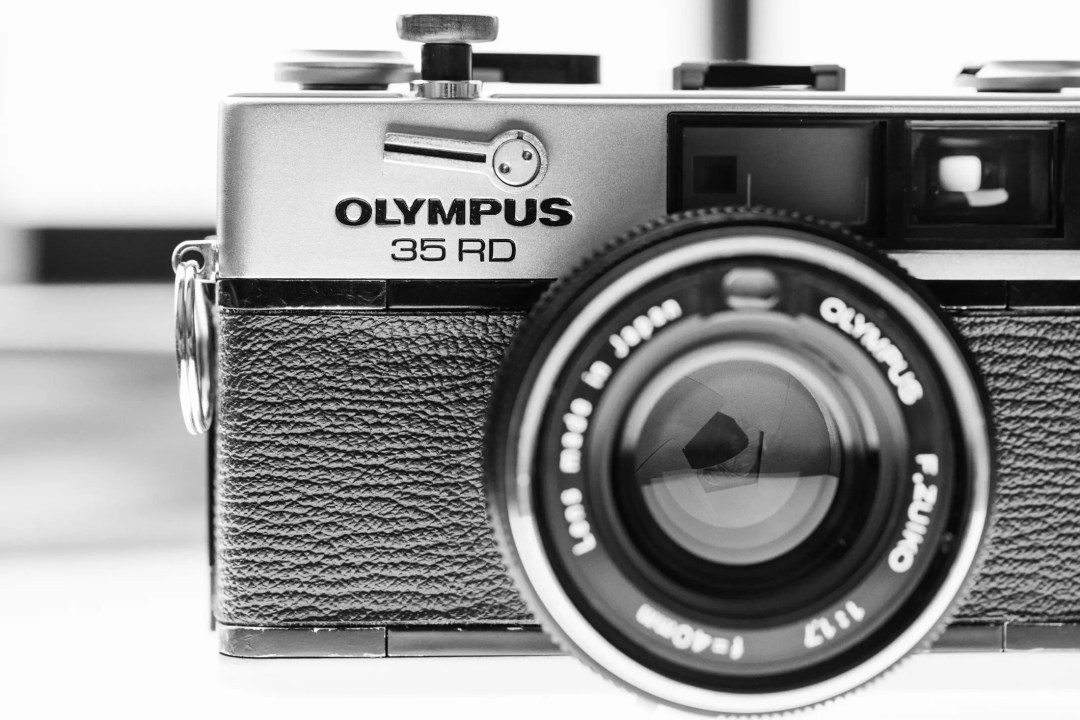
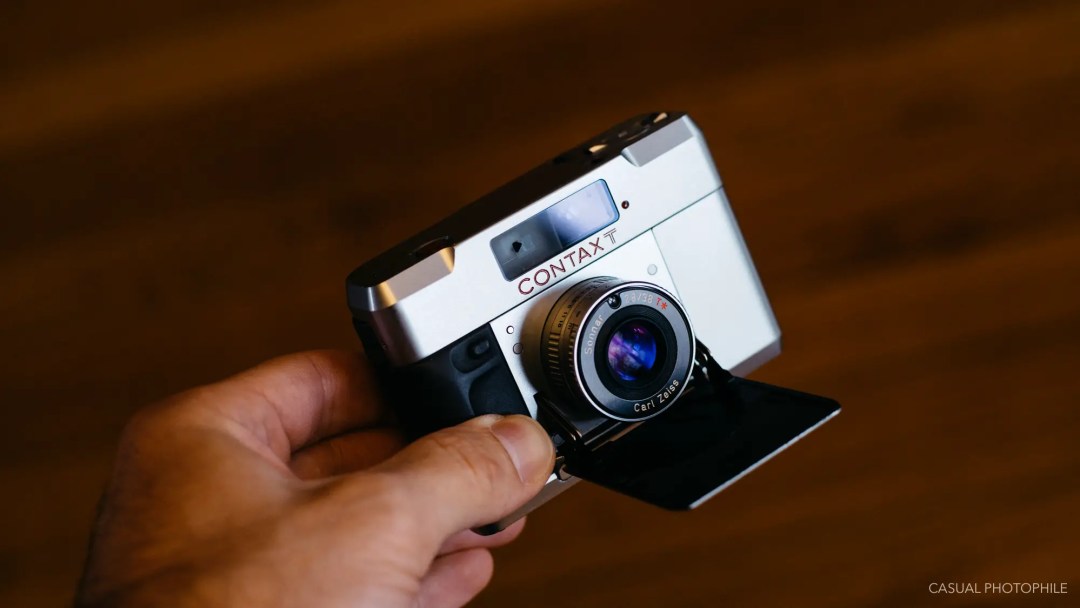

If it was up to me I’d choose Soviet Sokol camera which I already have. It’s got shutter priority and manual modes (the latter is fully mechanical so no batteries), 50 mm f/2.8 Industar (aka Soviet Tessar) lens. BUT most important of all: it’s so massive that you can break coconuts with it, or even fend off a wild boar. Because let’s be honest, any camera which can double as a survival tool is twice as good on a desert island!